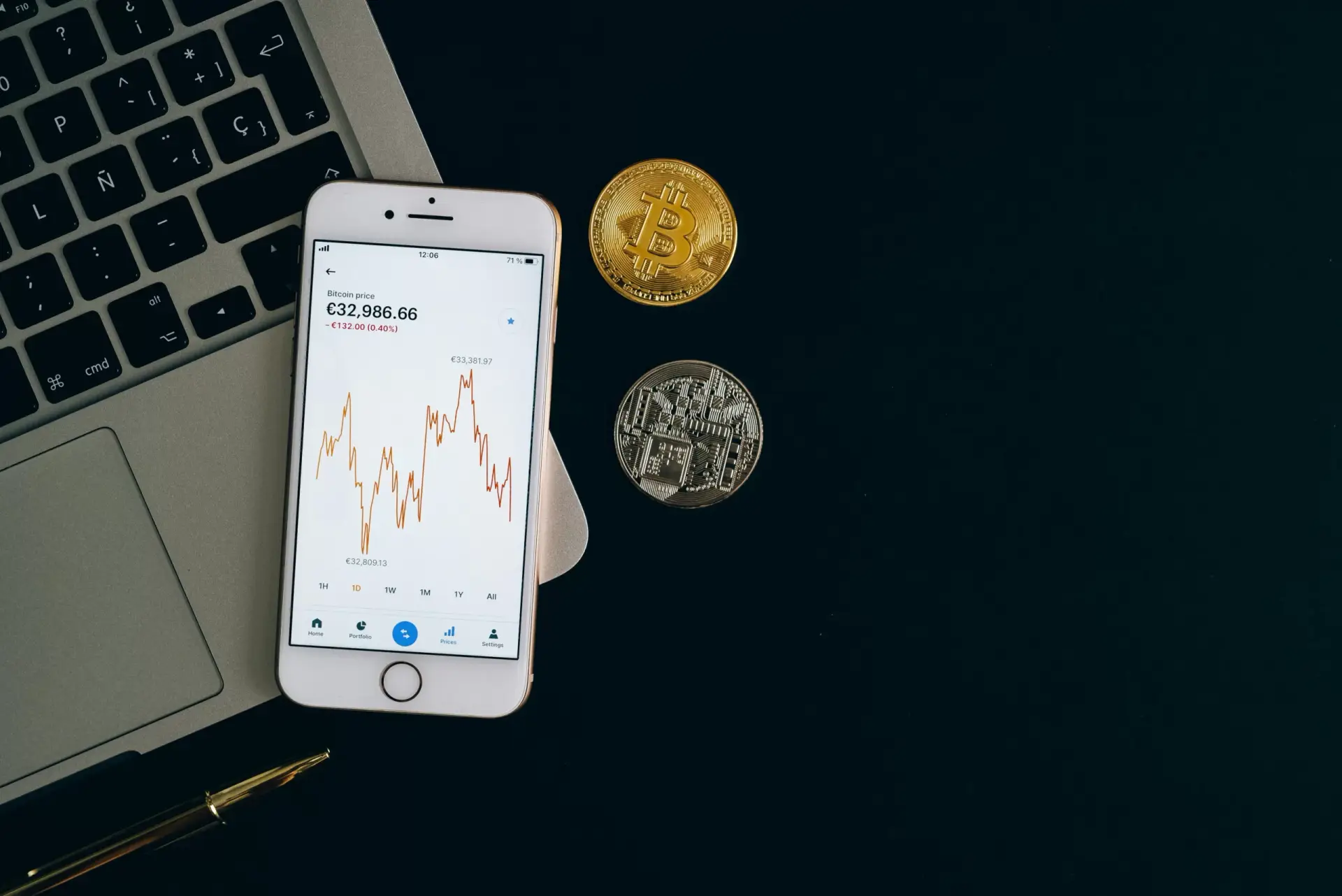
Understanding the dynamic world of digital assets, their opportunities, challenges and impact on financial markets
Read more
The world of digital assets is changing speed like a Tesla Plaid hypercar – instantly. In 2025, the question of which cryptocurrency is the most promising sounds not like a forecast, but like a survival strategy in a market where technology, scalability, and investor trust determine everything. Which cryptocurrency is the most promising: global context …

The end of October demonstrates the dynamic mood of the market: strong fundamental players are reclaiming positions, while new segments (meme coins and DeFi solutions) surprise with aggressive growth. Capital is shifting towards tokens with proven technological utility and high adoption speed, reflecting the maturity of the Web3 economy. Let’s consider the top cryptocurrencies of …

The cryptocurrency market is approaching a pivotal phase. Forecasts for cryptocurrencies in 2026 are being shaped by new macroeconomic cycles, regulatory initiatives, and the influx of institutional investments. After the turbulent years of 2024-2025, digital assets are transitioning from the experimental stage to a mature infrastructure within global finance. Forecasts and Key Trends for Cryptocurrencies …

Profit from cryptocurrencies is shaping a new discipline in capital management: digital assets generate a regular cash flow without the need for round-the-clock market monitoring. This format captures the attention of private investors, family offices, and technology companies because the digital economy increases transaction volumes, accelerates transactions, enhances liquidity, and expands the ways to achieve …

The shutdown in the USA is turning into a powerful economic signal capable of changing sentiments in financial markets. The suspension of the work of government structures deprives investors of familiar benchmarks, increases uncertainty, and triggers a chain reaction in the world of digital assets. When budget disputes block the work of key agencies, the …

The cryptocurrency market of 2025 no longer looks like the chaotic and unpredictable environment it was in its early years. Leaders have strengthened their positions, while new players are trying to change the rules of the game. The ranking of the best cryptocurrency exchanges in 2025 according to CoinGecko and other analytical platforms helps to …
Cryptocurrency market provides fast and efficient trading
Cryptocurrency is traded around the clock, opening up many opportunities
The market offers new financial instruments for the market
Low capital requirements allow newcomers to test out
Discover the world of cryptocurrencies, where innovation creates unique investment opportunities. This market offers a variety of assets for all investors. Blockchain provides transparency, but high volatility requires careful analysis!
